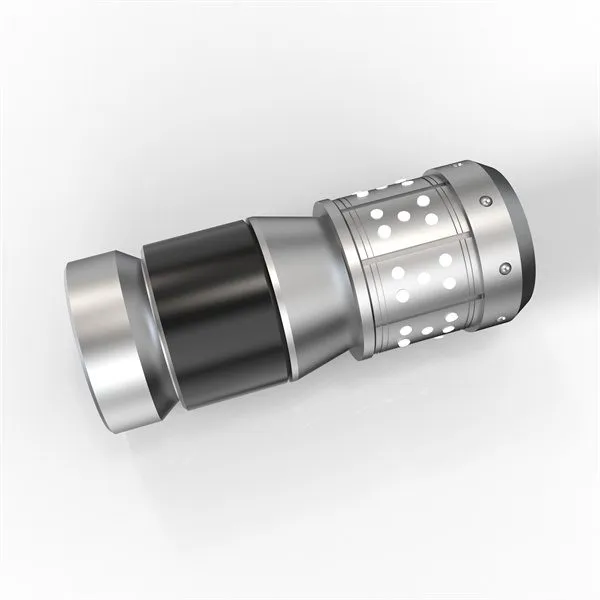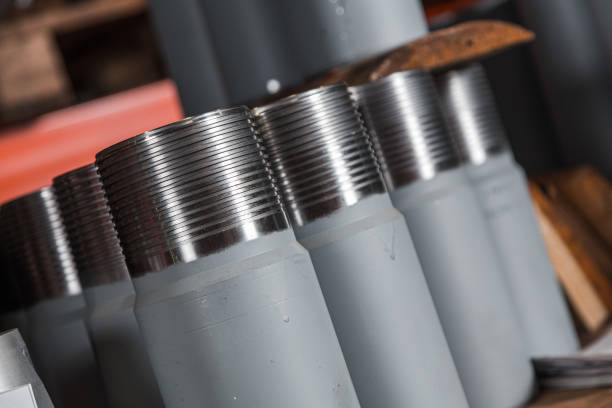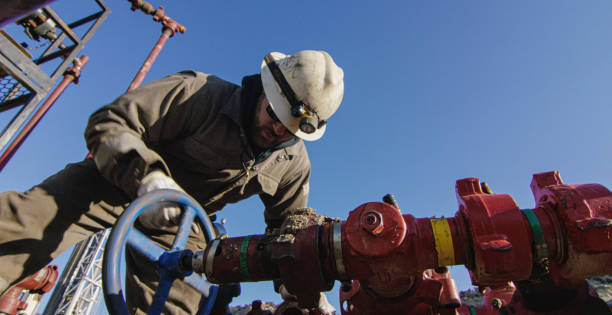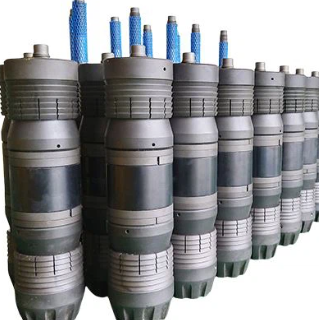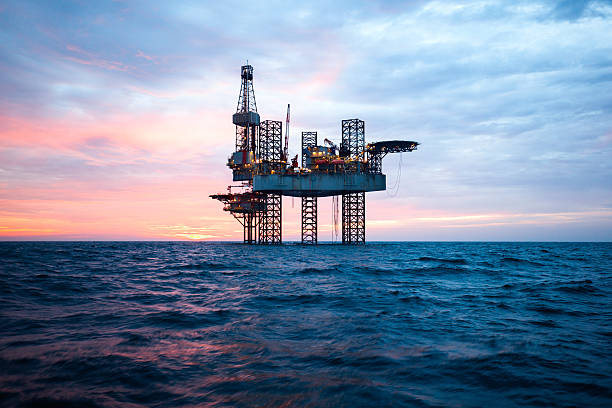English

Lining Frac Hose
kytideIn the field of oil and gas extraction, frac hose (Frac Hose) is one of the core equipment of hydraulic fracturing operations, and undertakes the key task of conveying high-pressure fluids (such as water, sand, acidic solutions, etc.). The design and selection of the lining material (Lining) directly determines the wear resistance, corrosion resistance, pressure resistance and service life of the hose. This article deeply explores the technical characteristics, material innovation and industry application of Lining Frac Hose, and provides a reference for engineering selection and optimization .
Technical characteristics and importance of lining materials
The lining layer of the frac hose is in direct contact with high-pressure fluids and abrasive media, and must meet the following core performance requirements

Wear resistance: The scouring of sand particles and chemical additives can easily cause wear on the inner wall, and high wear-resistant materials such as ultra-high molecular weight polyethylene (UHMW-PE) are required.
Chemical corrosion resistance: Acidic or alkaline fracturing fluids require the lining to have corrosion resistance, such as EPDM (ethylene propylene diene monomer rubber) and PU (polyurethane) materials.
High temperature adaptability: The operating environment temperature range is wide (such as -29°C to +121°C), and the material needs to maintain stability under extreme conditions.
Lightweight design: The new liner combines high-strength steel wire winding technology to reduce the weight of the hose while maintaining high pressure (such as 20,000 PSI), improving operating efficiency.
Mainstream liner materials and technological innovations
- UHMW-PE (ultra-high molecular weight polyethylene)
Features: UHMW-PE is one of the most commonly used liner materials. Its molecular chain structure gives it excellent wear resistance and low friction coefficient, which is suitable for conveying fracturing fluids with high sand content. For example, AlienFrac’s Bonded Frac Hose uses UHMW-PE lining, and its wear resistance is more than 30% higher than that of traditional materials.
Application scenarios: Applicable to 15K-20K PSI high-pressure systems, such as high-intensity fracturing operations in shale gas wells.
- TPU (thermoplastic polyurethane)
Advantages: TPU has both the elasticity of rubber and the strength of plastic, and excellent oil resistance. Chinese manufacturer ZYfire’s TPU-covered lined hoses are available in custom diameters (2″-16″) and feature polyester fiber reinforcements for increased pressure resistance.
Innovative design: Some products combine TPU coating with the braided layer through a “Through The Weave” process to further enhance deformation resistance.
- EPDM and synthetic rubber composites
Chemical resistance: EPDM/SBR blended liners (such as Jason Industrial’s 4449 FRAC water intake hose) are cost-effective for return water treatment with acidic or alkaline fluids.
Multi-layer structure: Spectra Services’ hoses feature a 6-layer single-strand structure with embedded Kevlar fiber wrapping, and a color-layered design for wear warning (yellow and red inner layers are exposed to prompt replacement).
- Polyurethane (PU) and functional coatings
Customized solutions: Some manufacturers offer polyurethane outer coatings to reduce water absorption and improve UV resistance, suitable for outdoor working environments.
Industry standards and quality control
To ensure safety and reliability, mainstream manufacturers follow the following standards:
API 7K certification: AlienFrac and other companies have passed 100% water pressure testing and API 7K standard verification to ensure the sealing of hoses under extreme pressure.
Fatigue test: NOV’s FlexConnect HP Frac Hose uses FZero™ anti-fatigue connectors to avoid failure problems caused by stress concentration in traditional connectors.
Intelligent monitoring: Some hoses have built-in wear indicator layers, and endoscopic inspection can be used to evaluate the remaining life in real time to reduce the risk of sudden failures.
Application scenarios and selection recommendations
- Shale gas and tight oil production
High-pressure transportation: You need to choose a UHMW-PE lined hose with a working pressure of 15,000-20,000 PSI, such as TianyuMfg’s lightweight design products, which can replace traditional iron pipes and reduce 90% of leakage points.
- Acid fracturing fluid treatment
Corrosion resistance requirements: EPDM or PVDF lining is preferred to avoid corrosion from media such as hydrochloric acid (25% concentration).
- Operation in low temperature environment
Material flexibility: PU or TPU lining remains elastic at -30°C, suitable for extreme areas such as the Arctic Circle.
Key selection parameters
Inner diameter (2″-7″) and length (up to 400 feet)
Minimum bend radius (e.g. 35 inches for 2″ hose)
Chemical compatibility (refer to Spectra’s chemical tolerance table)
Maintenance and life extension strategies
Regular inspection: Use an endoscope to check the wear of the inner wall, focusing on the joint area (90% of failures are caused by this).
Proper storage: Avoid direct sunlight and high temperature environments to prevent material aging.
Pressure management: During operation, the maximum working pressure must be strictly controlled to avoid sudden pressure increases and bursts.
Future trends: Environmental protection and intelligence
Degradable materials: Some manufacturers explore bio-based polyurethane liners to reduce carbon footprint.
IoT integration: Real-time monitoring of pressure, temperature and wear data through embedded sensors to achieve predictive maintenance.
Modular design: Quick replacement of joints and segmented hose structure to reduce maintenance costs
Tags:


